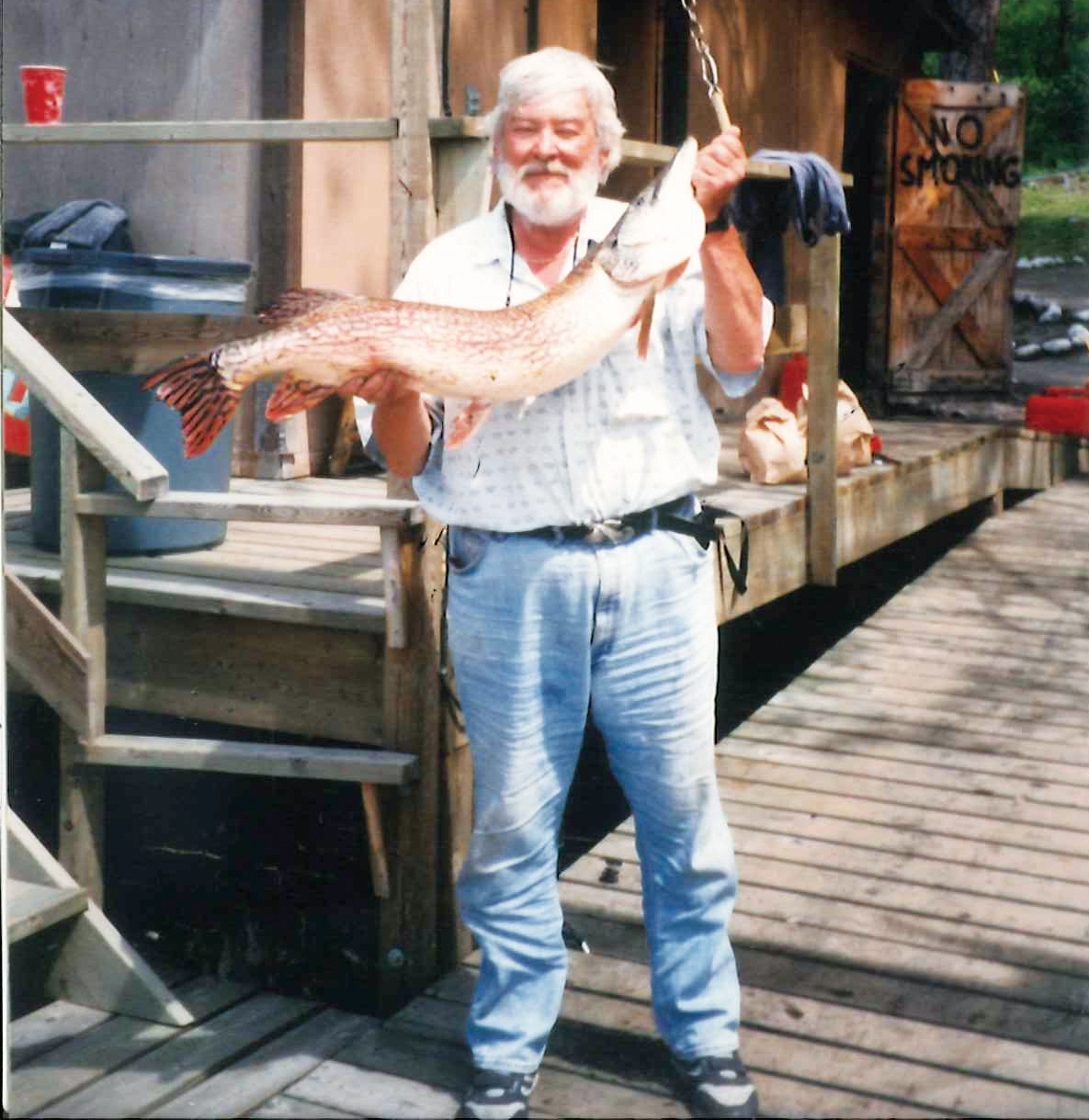The featured topic for this month’s Minnesota Good Age is dining. Dining reminds me of cooking, and cooking prompts memories of Bob Schranck (The Bear), my old newspaper colleague who loved to cook. On one occasion, he put me in the middle of a most humbling — no, it was humiliating — experience with food preparation.
It was more than a few years ago when Schranck, one of my best friends who died in 2010, talked me into being a part of his wild game cooking demonstration at the Northwest Sports Show, a spring event in the Twin Cities attended by thousands.
More than 100 people gathered on a Sunday afternoon at The Bear’s demonstration, dubbed Wild in the Kitchen (after his cookbook of the same name). I was to reveal my easy-to-prepare, hard-to-top tinfoil trout, a fishing camp version of poached lake trout fillets.
I’d searched the local grocery stores for fresh trout fillets — Lunds, Byerlys and Kowalski’s – and couldn’t find any. The Bear said not to worry, that he had some frozen trout fillets, which were “the next best thing” to fresh.
I should have known better.
When I opened this freezer package prior to the demo, I knew they weren’t even close to fresh. The orange color had faded to drab grey. They appeared to have freezer burn, and I thought I could detect a faint odor.
After the fillets had been cooking in the tin foil for about five minutes on high heat in an electric frying pan, my worst fear was realized: The fish was, at best, past its prime. I began to notice a very fishy smell. And I could do nothing to fix it, except to keep on blabbering about how good this recipe is when you have “freshly caught” lake trout.
Finally, I couldn’t prolong the agony. I took the fillets from their foil wraps, cut them into 2-inch squares and put them on small paper plates with little plastic forks.
Meanwhile, The Bear had recruited a boy of probably about 10 years old to come up and try the first piece.
This was tantamount to child abuse.
As I recall, the kid cut off a small piece of trout with the fork and put it in his mouth. The look on his face could charitably be described as surprised. He didn’t take a second bite. I don’t recall a second customer — even though half a dozen of the 20 plates were gone by the end of the session.
When it was all over, I was slumped in a chair in front of the frying pan. The Bear tried to console me.
“It wasn’t as bad as you thought,” he said.
“Really?”
“No, you overreacted.”
“Well,” I said, “why don’t you try one of these right now?”
So he did. He ate the whole piece in one bite. He licked his lips, stayed quiet for a bit and appeared to be processing the event, searching for a perspective.
“Well, this clearly isn’t up to your usual standard,” he said, “But none of these pieces is big enough to hurt anyone.”
OVEN-BAKED TROUT
For readers with the slightest sense of adventure, here’s the famous tinfoil recipe to be used with fresh lake trout:
- Preheat the oven to 450 degrees.
- Take four trout fillets and remove the skin.
- Place each fillet on a separate piece of tin foil.
- Season with salt and pepper.
- Cover each fillet with two thin lemon slices and one slice of onion.
- Sprinkle with freshly grated sharp cheddar cheese.
- Tightly seal the tin foil packets and bake for 10 to 12 minutes.
- Discard the lemon and onion slices.
- Serve immediately.
Dave Nimmer had a long career as a reporter, editor and professor. Now retired, he has no business card, but plenty to do. Send comments or questions to [email protected].

